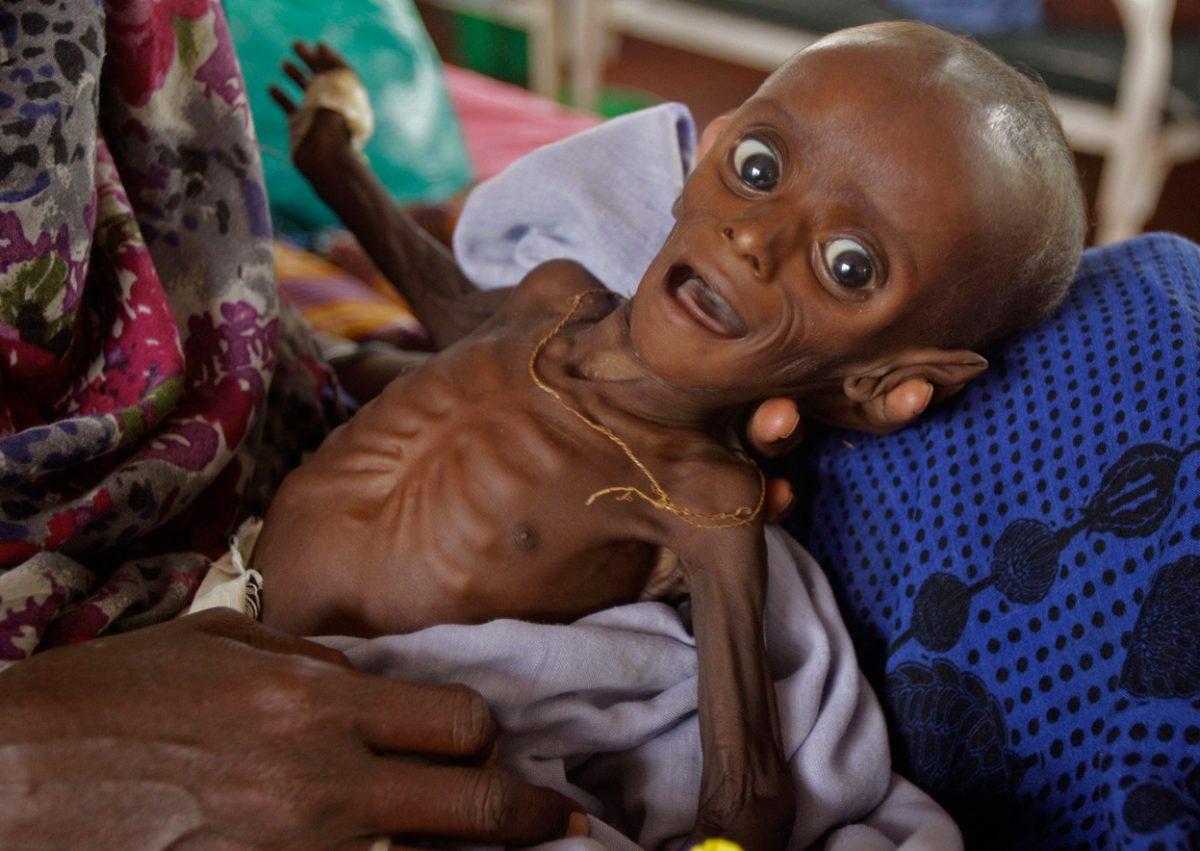Every day, tens of thousands of children lose their lives due to causes such as malnourishment, impoverishment, and disease. According to the United Nations Children’s Fund (UNICEF), over two billion people do not have access to proper sanitation, and roughly a billion children do not get the resources they need to live and grow. Furthermore, over one hundred and forty million children are underweight.
In a 2000 UNICEF Progress of Nations Report entitled “The Power of Immunization,” Dr. William Foege tries to shed some light on why the deaths of children do not get the attention they deserve: “The continuation of this suffering and loss of life contravenes the natural human instinct to help in times of disaster. . . .They die quietly in some of the poorest villages on earth, far removed from the scrutiny and the conscience of the world. Being meek and weak in life makes these dying multitudes even more invisible in death.”
During 1970, several developed nations promised to give 0.7% of their Gross National Income annually as aid to developing countries. Although billions of dollars have been donated each year, nations rarely meet their targets. The actual amount of aid given is between 0.2% and 0.4% each year, over $150 billion short of the intended targets. In addition, there are aid conditions that the developing countries have to buy products from the donating countries. However, these products are often overpriced, aid is not given to those who need it the most, and large projects undertaken by developing countries often end up in a few individuals pocketing cash. Often, the news emphasizes promised aid by wealthy countries and the corruption of the economically disadvantaged countries.

Image from globalissues.org (http://www.globalissues.org/article/35/foreign-aid-development-assistance)
Most of the children die in just two regions: Sub-Saharan Africa and South Asia. The top five countries with the most child deaths under age five are India, Nigeria, Democratic Republic of the Congo, Pakistan, and China.

Image from globalissues.org (http://www.globalissues.org/article/715/today-21000-children-died-around-the-world)
There is a popular argument that increasing populations and a world of finite resources have led to malnourishment of children in Third World countries. In other words, there is not enough food for us to feed everyone on the planet. However, several scholars and organizations believe otherwise. For instance, the UN Food and Agriculture Organization (FAO) asserts that we are producing fifty percent more food than we need to give everyone in the world a nutritious diet. Furthermore, Peter Rosset, the director of the Institute for Food and Development Policy in California, states that in several countries with more than enough food production to feed their population, millions of people are still going hungry. Similarly, Greenpeace International argues that food scarcity in developing countries is due to the inability of the poor to afford food, rather than a lack of availability. Uneven distribution of wealth in developing countries is a major cause of food unavailability, as the wealthy few in these countries own most of the country’s land and resources. The poor have little resources to produce goods or services, which means that they cannot buy food.
Suggested solutions to the hunger problem include promotion of small farming and the redistribution of land. If land were re-parceled into smaller units, small farmers could theoretically work the land more intensively than large farmers could, as large farmers leave portions of their land idle. This could increase outputs.
One of the lessons that you as students can take from the plight of Africans is that you should be grateful for what you have. We have plenty of food, adequate healthcare, and many opportunities that we should be thankful for. Take advantage of the plentiful opportunities given to you and study hard so that you can make a positive impact on the world.
































